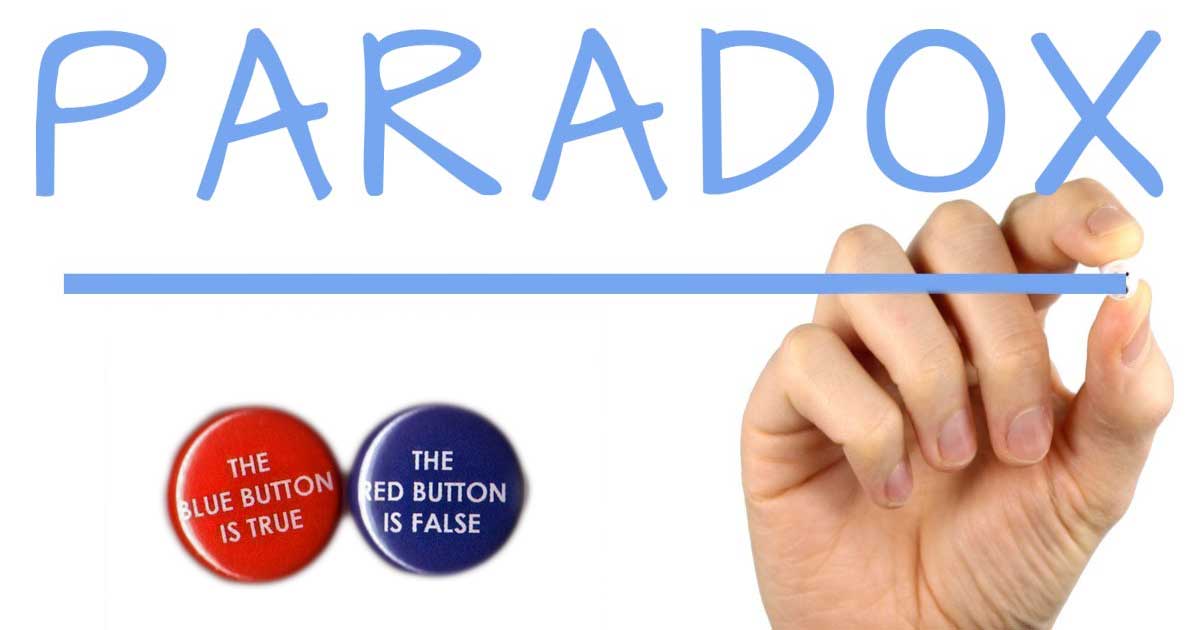The Paradox Principle

In practice, human action often has paradoxical or unintended effects. Sometimes effects or side effects even have the exact opposite effect as intended.
Infinity (∞) is a concept that describes something that is “not bound” (in theory), typically in math and physics where it has many real world applications.

In practice, human action often has paradoxical or unintended effects. Sometimes effects or side effects even have the exact opposite effect as intended.